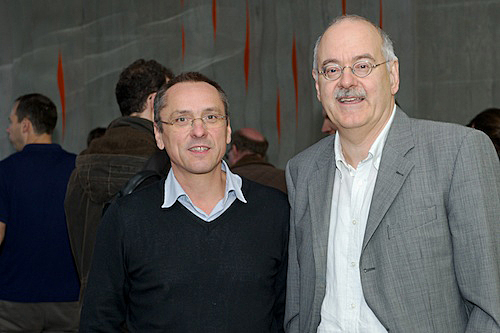Hans-Arno Synal
Laboratory of Ion Beam Physics, ETH Zurich, Switzerland

Date
14 November 2012
Host
Gianni Blatter
Title
Progress in Radiocarbon Detection and Related Applications
Abstract
Among others, natural radionuclides have a huge potential to establish chronologies of geological processes, to retrieve time information of archaeological, historic, or prehistoric objects, to unfold dynamics of processes of biological systems and to play a key role in authentication of art or art historic objects. Here, radiocarbon turned out to be of paramount importance, due to the special behaviour of carbon in the environmental organic cycles on earth. Decay counting was the initial detection technique of choice but with the advent of Accelerator Mass Spectrometry (AMS) direct detection of radiocarbon nuclides became possible resulting in significant reduction in the amount of material require for an appropriate measurement result. Today, about 100 laboratories around the World have capabilities to perform routine radiocarbon analyses producing more than 50’000 radiocarbon dates per year. Systematic investigations of the physical processes behind the AMS technique made possible a simplification of the instruments, a reduction of ion energies and related to this less required space and costs of the installations. More recently, the feasibility of radiocarbon detection over the entire range of dating applications using a pure mass spectrometer at ion energies below 50 keV has been demonstrated. I will overview the physical principles making these developments possible and discuss specific applications to demonstrate the tremendous possibilities of radiocarbon dating.
